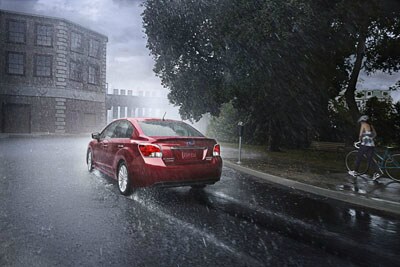
Extend your vision. Rather than staring directly in front of your vehicle, focus on where it will be positioned 10 to 12 seconds down the road - the zone where an accident is more likely to occur.
Scan the entire scene. Shift your focus every few seconds from the windshield to the rear and side mirrors to check for pedestrians, bicyclists, erratic drivers, construction, traffic congestion, oncoming trucks and motorcycles, and changing road conditions.

Demonstrate your intentions. Whether using your signal to indicate a right or left turn, hazards to warn that you need to slow down because of a flat tire, or horn to assert your right of way, it always helps other drivers and pedestrians make their own appropriate decisions when they understand yours.
Plan an escape route. Based on your speed and the proximity of other cars on the road, give yourself enough time and space to maneuver smoothly and stop if necessary. For instance, never tailgate and always estimate conservatively the time it will take to pass another car if you want to avoid a crash. You may never have had a collision. Or received a citation for speeding. Or even paid a parking ticket. But no matter how well you drive, it always helps to keep in mind a few pointers that will help keep your record clean and your safety intact.
Categories:
Community Events



